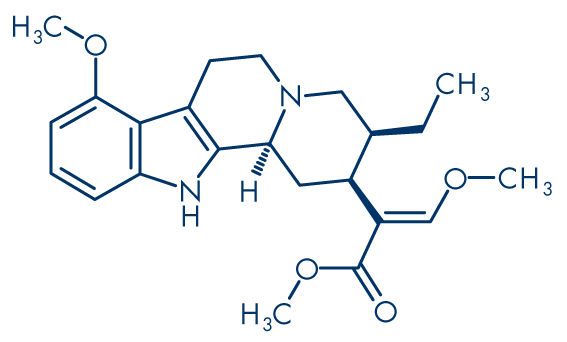
Kratom leaves are known to contain a complex array of chemical compounds that contribute to its effects. In this blog, we’ll dive into the fascinating world of kratom’s chemical composition and explore the key compounds responsible for its unique properties.
Alkaloids: The Heart of Kratom’s Chemistry

At the core of kratom’s chemical makeup are its alkaloids, a class of nitrogen-containing organic compounds responsible for the plant’s diverse effects. Over 40 different alkaloids have been identified in kratom leaves, each with its own distinct properties. Some of the most prominent alkaloids include:
Mitragynine
Mitragynine is the primary alkaloid found in kratom, comprising up to 60% of its total alkaloid content. It’s responsible for the plant’s analgesic (pain-relieving) effects and acts as a partial agonist of the mu-opioid receptor.
7-Hydroxymitragynine
This alkaloid is derived from mitragynine through enzymatic processes during the drying of kratom leaves. It’s a potent mu-opioid receptor agonist and contributes to kratom’s pain-relieving and sedative effects.
Paynantheine and Speciociliatine
These alkaloids have muscle relaxant and antihypertensive properties. They also contribute to kratom’s analgesic effects, although to a lesser extent than mitragynine and 7-hydroxymitragynine.
Indole Alkaloids: A Multifaceted Impact
Kratom’s alkaloids belong to the broader category of indole alkaloids, which are compounds characterized by their specific chemical structure. Apart from mitragynine and 7-hydroxymitragynine, other indole alkaloids present in kratom include:
Mitraphylline
This alkaloid has anti-inflammatory and smooth muscle relaxant properties. It may contribute to kratom’s immune-modulating effects.
Rhynchophylline
With vasodilatory properties, rhynchophylline can help regulate blood pressure. Its presence in kratom might contribute to the plant’s overall cardiovascular effects.
Oxindole Alkaloids: A Unique Twist
Oxindole alkaloids are a subgroup of kratom’s alkaloid family and include compounds like mitraciliatine and speciofoline. These compounds exhibit anti-inflammatory and immunostimulant properties, potentially contributing to kratom’s holistic effects on the body.
Flavonoids and Polyphenols: Supporting Players
While alkaloids take center stage in kratom’s effects, the leaves also contain various flavonoids and polyphenols. These compounds possess antioxidant, anti-inflammatory, and immune-boosting properties. Although they might not be primarily responsible for kratom’s main effects, their presence contributes to the overall health benefits of the plant.
Conclusion
The chemistry of kratom is a captivating tale of alkaloids, indole compounds, and supporting elements that work in concert to produce its wide range of effects. Mitragynine and 7-hydroxymitragynine take the spotlight for their pain-relieving and sedative qualities, while other alkaloids like mitraphylline and rhynchophylline offer additional health benefits.
As research into kratom continues, a deeper understanding of its chemical composition promises to unveil more about its potential uses and mechanisms of action. However, it’s essential to note that kratom’s effects can vary greatly depending on factors such as dosage, strain, and individual differences, and its use should be approached with caution and responsibility.
This product has not been evaluated by the Food and Drug Administration. This product is not intended to diagnose, treat, cure, or prevent any disease. Keep out of reach of children. Therefore any information on this website is presented solely as the opinions of their respective authors who in which do not claim in any way shape or form to be medical professionals providing medical advice. oakislandbotanicals.com and its owners or employees cannot be held responsible for, and will not be liable for the inaccuracy or application of any information whatsoever herein provided. The US FDA Has Not Approved Kratom as a Dietary Supplement. They should also consult their physician when taking any medication. Pregnant and nursing women as well as anyone under the age of 21 should not use kratom. All information presented here is not a substitute for or alternative to information from health care practitioners. Please consult your health care professional about potential interactions or other possible complications before using any product.


